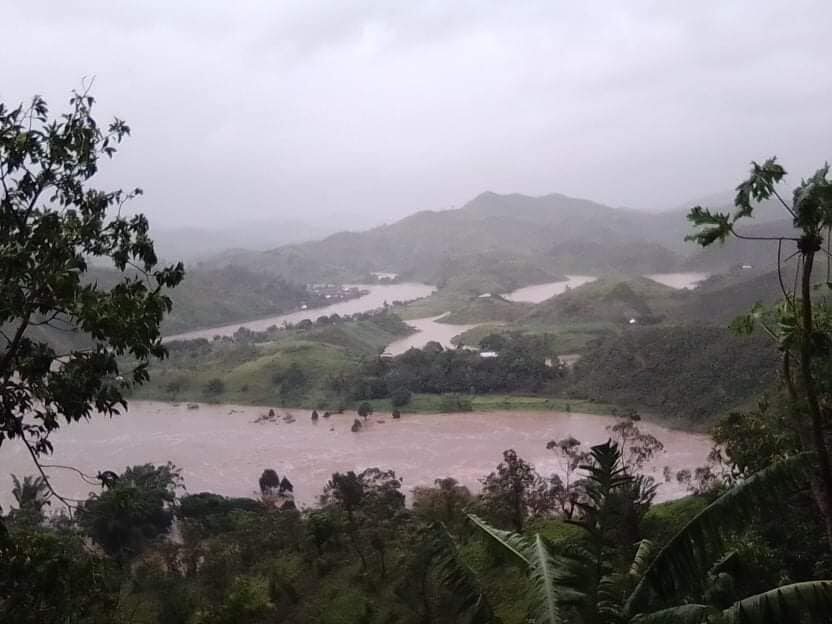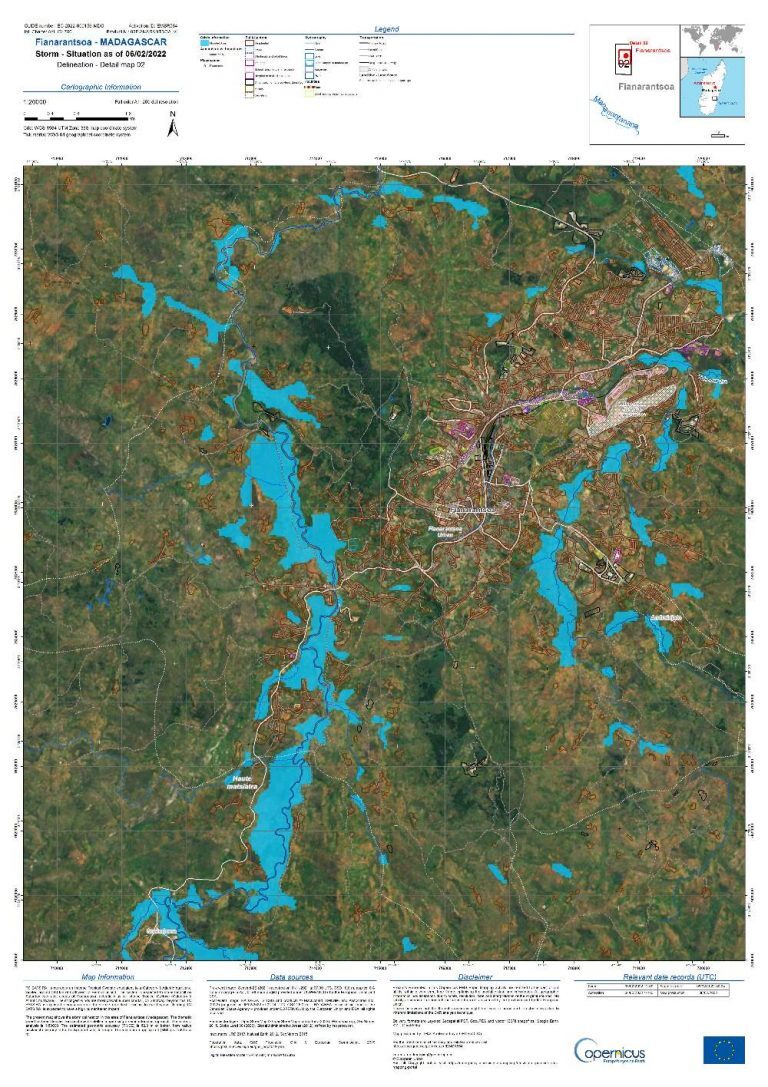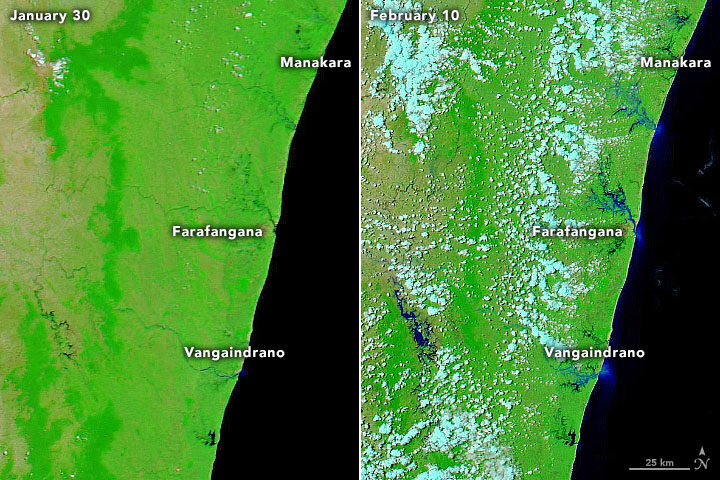
Batsirai made landfall near Mananjary as a category 3 storm on 05 February 2022. Sustained winds of 165 km/h and gusts up to 230 km/h caused catastrophic damage. The wind damage was particularly severe around Mananjary City, where homes were flattened and roofs ripped off buildings.
Damage to infrastructure, roads and bridges made some areas inaccessible for days after the storm. Local authorities have since been able to carry out fuller damage assessments, allowing a clearer picture of the extent of the damage. Much of the initial damage was caused by the powerful winds. Updated damage assessments along with satellite images also show major flooding, in particular in Haute Matsiatra, Vatovavy and Fitovinany Regions.
The country's disaster agency Bureau National de Gestion des Risques et des Catastrophes (BNGRC) reported on 13 February that as many as 143,718 people from 30,123 households have been affected across the 15 regions of Alaotra-Mangoro, Amoron'i Mania, Analanjirofo, Anosy, Atsimo-Andrefana, Atsimo-Atsinanana, Atsinanana, Betsiboka, Boeny, Fitovinany-Vatovavy, Ihorombe, Matsiatra Ambony, Sofia, Vakinankaratra and Vatovavy
The storm destroyed 8,882 houses and damaged 4,654. A further 7,098 houses were reported as flooded. At one point 69,000 people were displaced and staying in shelters. This figure has since fallen to 27,048. The storm also damaged roads, water and power infrastructure, schools, and public and government buildings.
According to BNGRC, 121 people have now lost their lives as a result of the storm. Nine people died in Ambalavao and 8 in Lalangina. As many as 87 people lost their lives in Ikongo district of Fitovinany Region which suffered major flooding and numerous landslides.
According to Associated Press, Ikongo district deputy Jean-Brunelle Razafintsiandraofa said, "most of the houses are made of earth and when there are floods, the houses become like mud and they collapse. They collapsed on people and became like tombs for people who were asleep."
In a statement on Social Media, the district deputy added that there were many victims who have lost all their belongings and have no food, no storage to use, and no shelter. Until recently the area was completely isolated.
Satellite Images Show Flood Extent
Satellite images revealed more of the extent of flooding brought by Batsirai. The Emergency Management Service (EMS) of Copernicus, the EU's satellite Earth Observation programme, provided maps of flooded areas using satellite imagery and other geospatial data. EMS detected significant flooding in Ambahi, Fianarantsoa, Maharono, Manakara, Mananjary, Mananjary City, Nosy Varika and Tsiribihina. The full range of maps can be found here.
Images provided by the Moderate Resolution Imaging Spectroradiometer (MODIS) on NASA's Aqua satellite showed significant flooding around the cities of Manakara, Farafangana, and Vangaindrano as of 10 February 2022.
Parts of the country had already seen severe flooding just weeks earlier following an earlier weather disturbance in mid-January, closely followed by Tropical Cyclone Ana. As of late January, flooding and landslides in the country had left at least 41 people dead and displaced more than 70,000.
A new tropical weather system in the region evolved into a tropical depression on 12 February. The system could become a tropical storm between 13 and 14 February, according to MeteoFrance. The system is expected to approach the north-east coast of Madagascar on 15 February.





Reader Comments
to our Newsletter